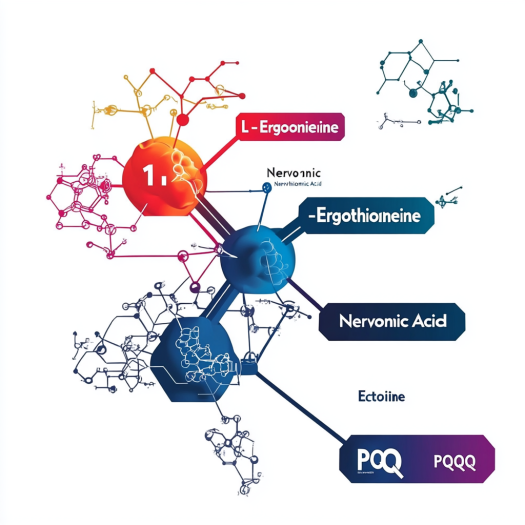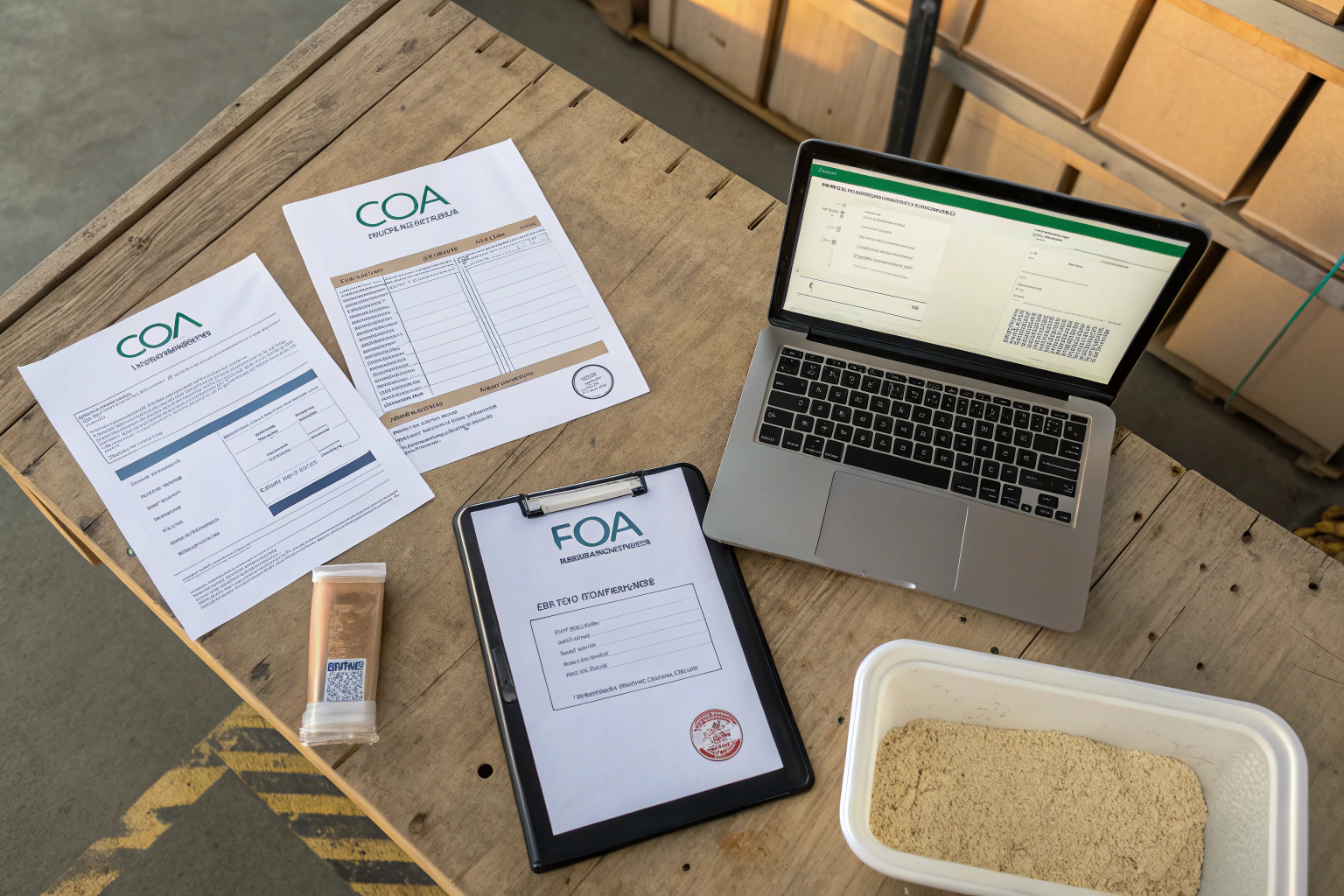
It’s one thing to develop a great product with PQQ. It’s another thing entirely to get it across the border legally and smoothly.
Before exporting PQQ (Pyrroloquinoline Quinone) internationally, it’s critical to ensure compliance with the destination country’s food, supplement, or cosmetic regulations, including ingredient status, labeling laws, dosage limits, and documentation requirements.
The product might be ready—but is the paperwork?
Is PQQ Recognized in Major Global Markets?
This was the first question I asked myself before shipping our first PQQ samples overseas: where can I actually sell this?
PQQ is permitted in markets like the U.S., EU, Japan, and parts of Southeast Asia, but its classification and approval pathway differ—ranging from GRAS in the U.S. to novel food in the EU.
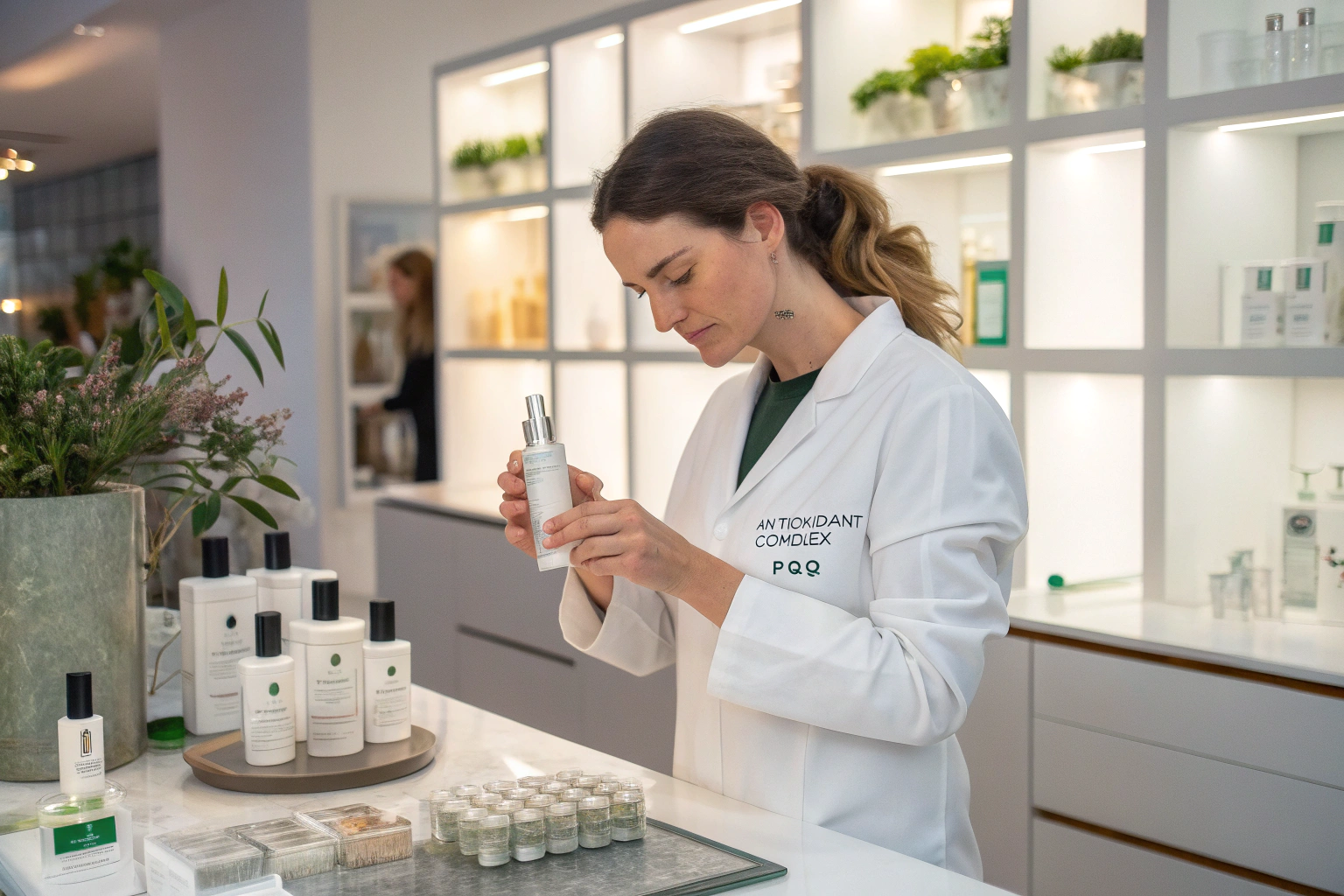
Understanding this patchwork of rules is step one. Let me walk you through the key regions:
| Region | Status | Regulatory Pathway |
|---|---|---|
| USA | ✅ GRAS-approved | GRAS Notices (e.g. GRN 635), up to 20 mg/day |
| EU | ✅ Novel food approved | EFSA authorization, up to 20 mg/day for adults |
| Japan | ✅ Functional food approved | FFC system, structure-function claims accepted |
| China | ⚠️ Restricted | Not yet listed as a Health Food raw material |
| Canada | ✅ NHP (Natural Health Product) | Requires NPN, up to 10–20 mg/day |
| South Korea | ✅ Approved in supplements | KFDA approval, subject to specific ingredient lists |
In most cases, you’ll need regulatory documents like a GRAS dossier, EFSA opinion, or Certificate of Analysis to prove compliance.
So no, PQQ isn’t a “universal pass” yet—but in many top markets, the door is wide open.
What Documents Do You Need to Export PQQ Legally?
One of the biggest mistakes I see—especially with newer brands—is thinking that a COA is enough.
To export PQQ legally, you typically need a full set of regulatory documents, including Certificate of Analysis (COA), Material Safety Data Sheet (MSDS), origin certificate, GMP or ISO certificate, and in some cases, country-specific registrations or approval letters.
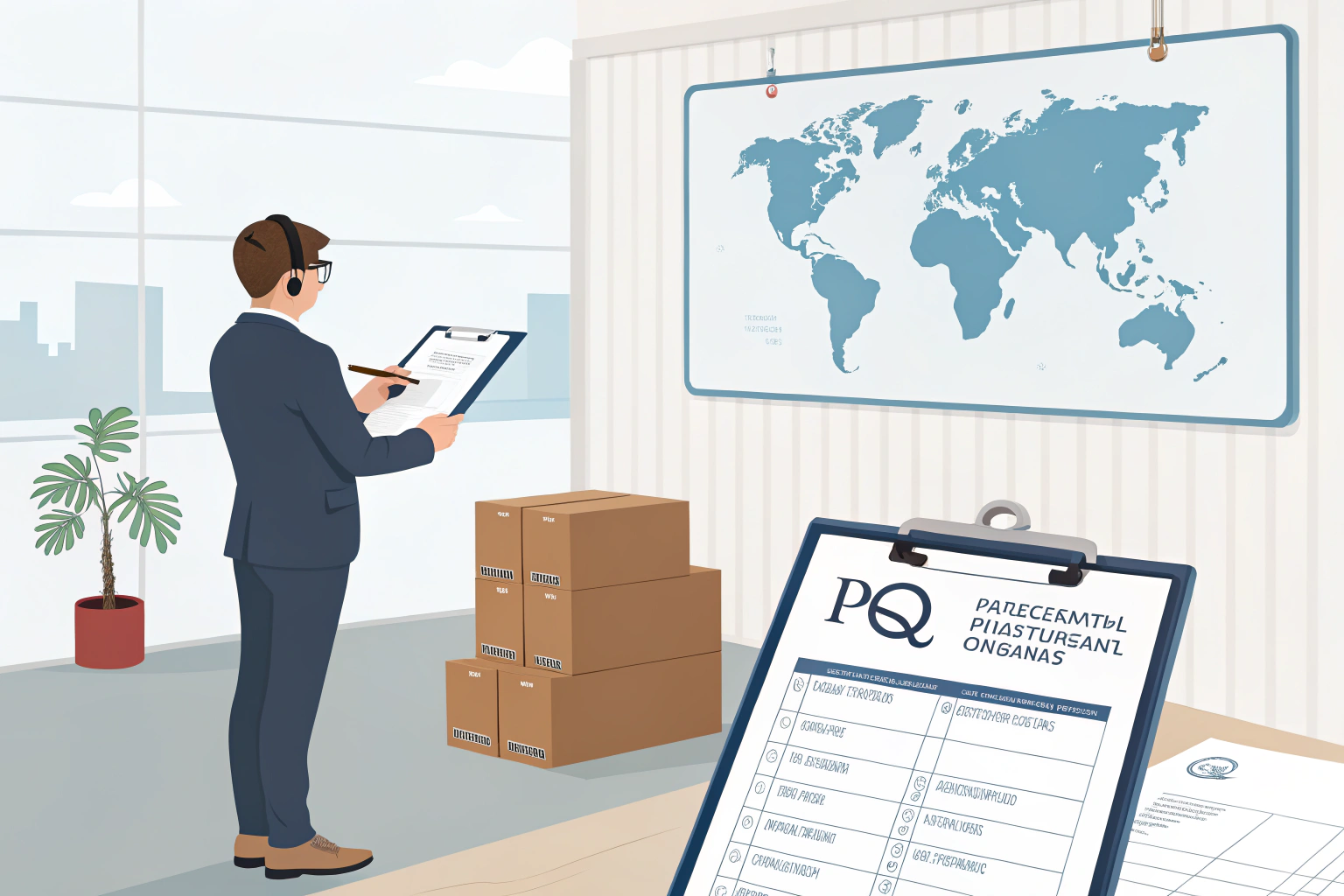
Here’s what I always include when shipping Santa Biotech’s PQQ to our international customers:
| Document Type | Purpose |
|---|---|
| Certificate of Analysis | Confirms purity, identity, and batch specs |
| Safety Data Sheet (SDS) | Hazard classification, handling & storage guidelines |
| Manufacturing license | Shows facility meets regulatory production standards |
| ISO/GMP certificate | Quality control proof |
| Ingredient declaration | Full composition including excipients |
| Regulatory opinion letter | (If available) e.g. GRAS, Novel Food, FOSHU |
| Free Sale Certificate | Required by some customs to show legality in origin |
Some countries (like India or Brazil) may require notarized documents or embassy authentication, so always double-check.
A missing stamp can delay your cargo by weeks—I learned that the hard way when a shipment to South Asia got stuck in customs over a missing manufacturer’s declaration.
How Do PQQ Dosage Limits Vary by Country?
I get this one a lot from formulation teams. “Can we use 30 mg in Japan like we do in the U.S.?”
No—PQQ dosage limits vary across countries, with most markets capping daily intake between 10–20 mg, depending on the target population and intended product form.
It’s not just about safety—it’s about regulatory confidence.
Here’s a quick comparison table:
| Country | Max Daily Dosage | Notes |
|---|---|---|
| USA | 20 mg | GRAS, FDA “no questions” letter |
| EU | 20 mg | EFSA-approved for food supplements |
| Japan | 10–20 mg | Depends on FFC registration |
| Canada | 10–20 mg | Registered as NHP, with NPN and label approval |
| South Korea | 20 mg | KFDA approved list |
| Australia | ⚠️ Not yet TGA-listed | Requires special import license |
So if you’re exporting finished capsules or premix powders, adjust your dosage before printing the label—or you risk having to recall or relabel abroad.
At Santa Biotech, we offer flexibility in PQQ concentrations, from 98% to 99.9%, and our team helps you adjust dosages according to each market’s requirement.
What Claims Can You Make for PQQ Internationally?
I love this question. Because every country lets you say a little something—but never the whole story.
PQQ claims must comply with regional health advertising laws; in most countries, only structure-function claims like “supports cognitive health” or “promotes energy metabolism” are allowed, while disease treatment claims are prohibited.
Let me give you examples of what’s allowed—and what’s not.
| Region | Allowed Claims | Forbidden Claims |
|---|---|---|
| USA | “Supports cellular energy” | “Treats Alzheimer’s” |
| EU | “Contributes to normal cognitive function” | “Cures neurodegenerative disorders” |
| Japan | “Helps maintain mental performance” | “Improves IQ” |
| Canada | “Helps support mitochondrial health” | “Prevents memory loss diseases” |
| China | None until formally listed as Health Food | All claims currently restricted |
So when you’re planning to export PQQ in finished products:
- Use compliant wording for each region
- Avoid overpromising on therapeutic effects
- Back up claims with references or study summaries (QR codes work great here!)
We often provide label claim guidance and sample content for our B2B clients launching PQQ-based products internationally.
What Are the Common Compliance Pitfalls When Exporting PQQ?
Let’s be honest—regulations aren’t always straightforward. Even experienced teams can stumble.
Common PQQ export pitfalls include incorrect dosage, non-compliant labeling, missing documentation, unregistered product formats, and invalid claims—all of which can lead to customs delays, product rejection, or fines.
Let me list the ones I see most often:
| Mistake | Why It’s a Problem | How to Fix It |
|---|---|---|
| Label shows 30 mg/day | Exceeds legal dosage in most countries | Adjust to 20 mg or less before printing |
| No ingredient declaration | Delays customs clearance | Add full spec sheet |
| Missing safety documentation | Raises red flags at ports | Include SDS and GRAS certificate |
| Making disease claims | Triggers legal action or rejection | Stick to structure-function claims |
| Not checking local lists | Ingredient may not be recognized (e.g. China) | Consult with a regional regulatory expert |
I once worked with a supplement brand that had to relabel 10,000 units because “brain repair” was printed instead of “supports brain health.” Ouch.
Compliance isn’t just about avoiding fines—it’s about showing you’re a trustworthy partner.
How Should You Prepare PQQ for Export as a Raw Material?
Sometimes we forget—not every export is a finished product. In fact, for many B2B clients I work with, it’s all about sending the raw PQQ powder to a contract manufacturer overseas.
To export PQQ as a raw material, you must ensure precise documentation of purity levels, batch traceability, solvent-free processing, and include origin verification and testing reports to satisfy import controls.
This is especially important in countries like Germany, India, and South Korea, where import inspections can be… let’s say, very detail-oriented.
Here’s my export checklist for PQQ raw material:
| Requirement | What to Include |
|---|---|
| Purity specs | 98%+ or 99.5%+ PQQ disodium salt, verified |
| Origin Certificate | Issued by chamber of commerce or customs office |
| COA | 3rd party tested (including solvent residue, heavy metals) |
| Production Process Overview | Fermentation-based, solvent-free declaration |
| MSDS | Updated safety data sheet for handling |
| Batch tracking code | Lot number tied to manufacturing date |
A Japanese partner once told me, “We don’t just want to know it’s clean—we want to see how you made it clean.”
This is where transparency becomes your brand’s best friend.
And of course, we supply all these at Santa Biotech’s PQQ division—along with free sample vials labeled for specific country regulations if needed.
Can You Export PQQ in Cosmetics or Skin Products?
Ah, now this is a curveball most people don’t expect.
Yes, PQQ is being explored in cosmetic applications, especially for anti-aging and skin regeneration—but in most countries, it must be declared as a functional additive, and claims should focus on antioxidant or anti-wrinkle benefits without crossing into medical territory.
There’s growing interest in what I call mitochondrial skincare—especially in markets like Korea and France.
Here’s what we’ve seen:
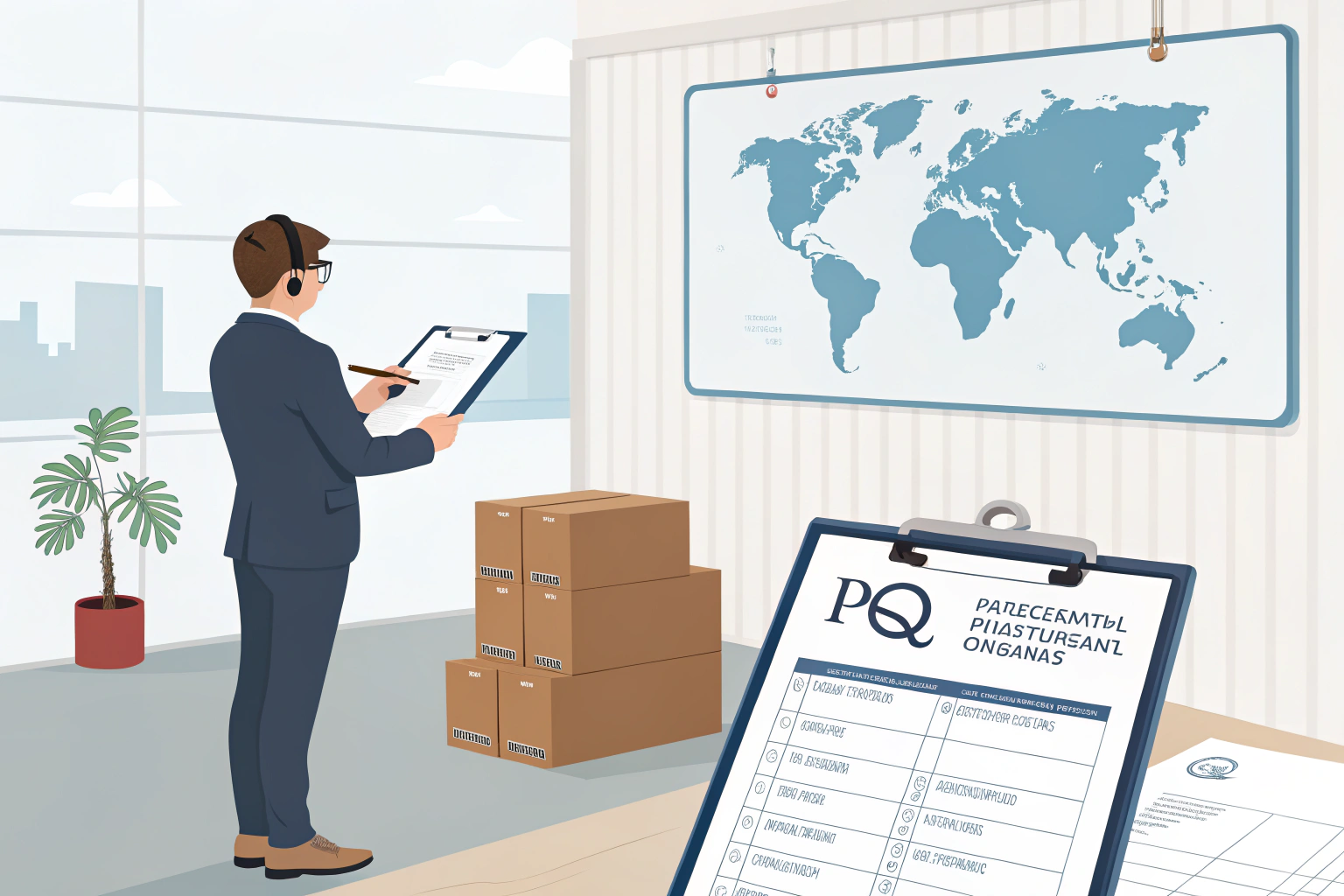
| Region | Cosmetic Use of PQQ | Label Claim Style | Regulatory Notes |
|---|---|---|---|
| South Korea | ✅ Allowed | “Helps reduce oxidative stress in skin” | Registered under functional cosmetics |
| Japan | ✅ Permitted | “Improves skin brightness and firmness” | Must pass patch testing and safety |
| EU | ✅ COSING-listed (partial) | “Protects skin from environmental stress” | Add INCI and allergen data |
| USA | ✅ Allowed (cosmetics) | “Antioxidant-rich formula” | Label must follow FDA cosmetic format |
But here’s the tricky part: you must separate cosmetic claims from supplement claims. Otherwise, authorities might reclassify your topical cream as an unlicensed drug.
What Is the Best Strategy for B2B PQQ Export Success?
This is where it all comes together—because exporting isn’t just about documents and claims. It’s about strategy.
The best approach to exporting PQQ successfully is to pre-check regulatory status in each destination country, adjust dosage and claims accordingly, prepare all required documentation upfront, and align with a trusted supplier who understands compliance inside and out.
You want fewer surprises and more smooth landings. Here’s how I break it down with every new client:
| Step | What to Do |
|---|---|
| Country Pre-check | Ask: Is PQQ listed? What’s the dosage limit? Format allowed? |
| Dosage Adjustment | Reformulate based on country maximums (e.g. 10 mg vs. 20 mg) |
| Label Review | Ensure structure-function language, correct formatting |
| Docs & Proofs | COA, MSDS, GMP/ISO, GRAS/EFSA letters, ingredient spec |
| Logistics Coordination | Air vs sea shipment declarations, packaging label stickers |
If you’re sending samples to a new country for the first time, I always suggest:
- Add a localized product spec in the country’s language
- Include both printed and digital copies of your documents
- Attach a “regulatory brief” for customs if your importer is unfamiliar with PQQ
When Should You Choose OEM vs. Raw Material Export for PQQ?
This is a question I’ve gotten dozens of times.
“Simon, should I ship raw PQQ or just have Santa Biotech finish the product for us and export capsules directly?”
Choosing between OEM and raw material export depends on your in-market capabilities, import regulations, and speed-to-market needs; OEM is ideal when you need full compliance, custom packaging, and label support, while raw material is best for experienced local processors.
Let’s compare:
| Export Model | Best For | Key Benefits |
|---|---|---|
| Raw Material (Bulk) | Traders, contract manufacturers | Cost control, flexible usage, partner formulators |
| OEM Export (Finished) | Brands without local manufacturing | Compliance ensured, ready-to-sell, faster launch |
OEM is especially valuable when:
- You don’t want to register a production facility locally
- You need fast label design + multi-language packaging
- You’re launching in a market with tight supplement rules (like Canada or UAE)
At Santa Biotech, we support both paths—raw PQQ powder with full documents, or custom-finished capsules, powders, and sachets prepared according to each country’s export needs.
You just let us know your destination—we’ll prepare the most compliant and efficient export model for you.
Conclusion
Exporting PQQ isn’t just logistics—it’s legal, scientific, and strategic. Know the rules, prep your documents, and work with partners who speak regulatory fluently.

